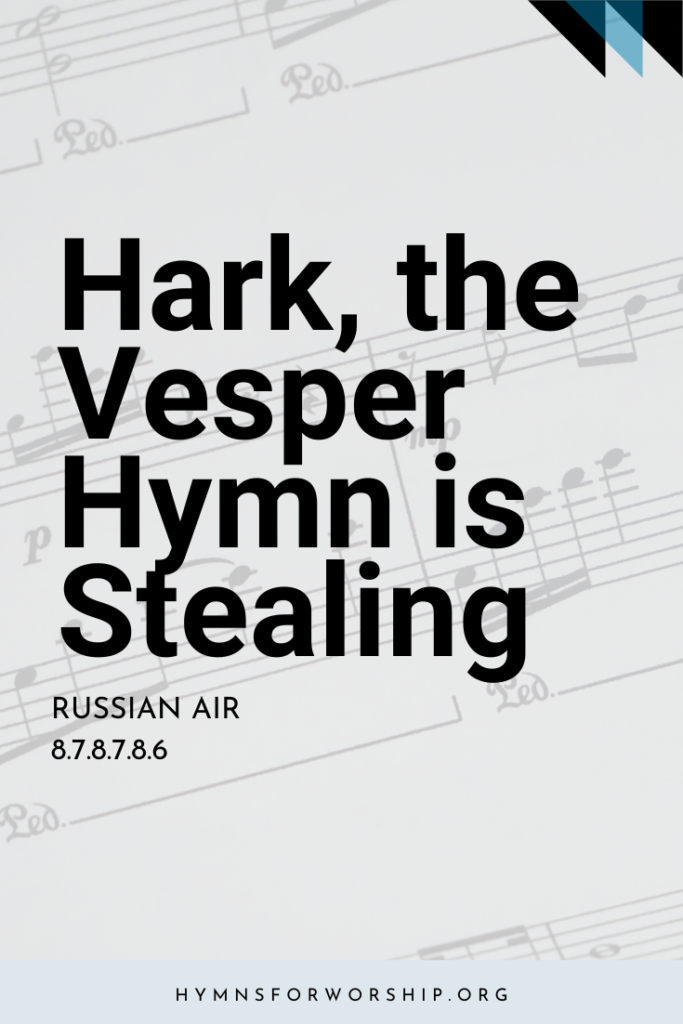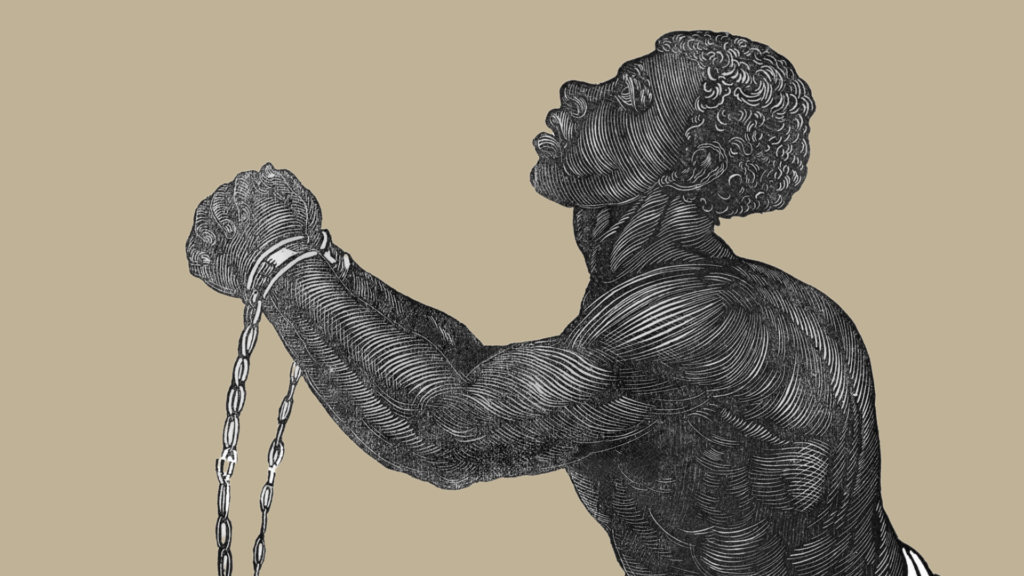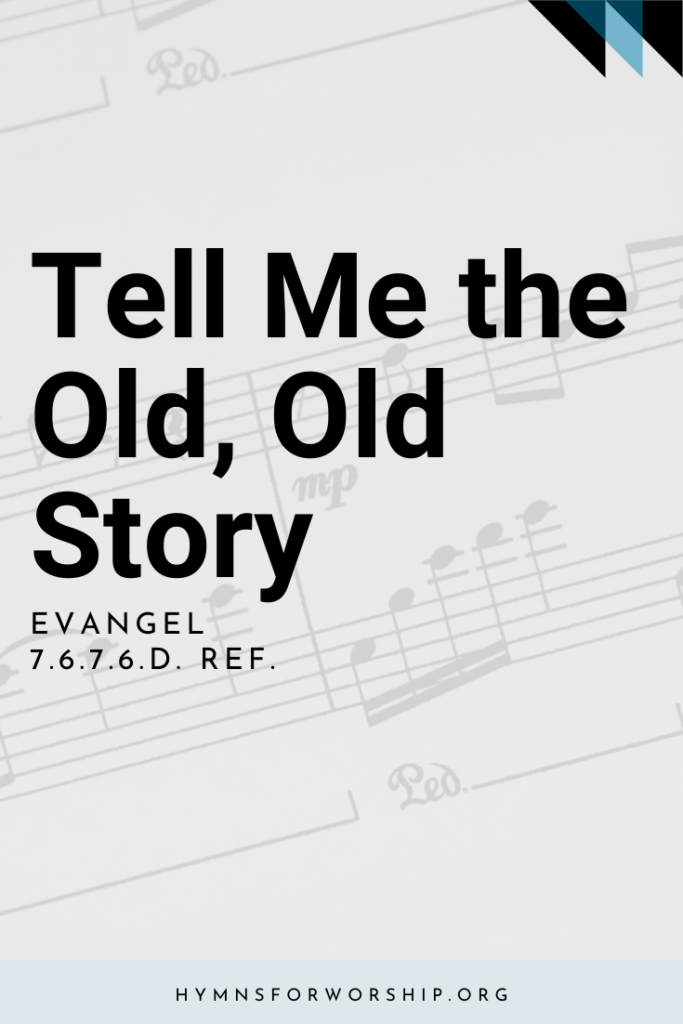JESUS CHRIST >> SUFFERINGS & DEATH
SDAH 156
O sacred Head, now wounded,
with grief and shame weighed down,
now scornfully surounded
with thorns, thine only crown:


Text
1
O sacred Head, now wounded,
with grief and shame weighed down,
now scornfully surounded
with thorns, thine only crown:
how pale thou art with anguish,
with sore abuse and scorn!
How does that visage languish
which once was bright as morn!
2
What thou, my Lord, has suffered
was all for sinners’ gain;
mine, mine was the transgression,
but thine the deadly pain.
Lo, here I fall, my Savior!
‘Tis I deserve thy place;
look on me with thy favor,
vouchsafe to me thy grace.
3
What language shall I borrow
to thank thee, dearest friend,
for this thy dying sorrow,
thy pity without end?
O make me thine forever;
and should I fainting be,
Lord, let me never, never
outlive my love for thee.

Hymn Info
Biblical Reference
(a) Matt 27:29
Author
Attr. to Bernard of Clairvaux (1091-1153)
Translator
Tr. (German) by Paul Gerhardt, 1656 (1607-1676); Tr. (English) by James W. Alexander, 1830 (1804-1859)
Hymn Tune
PASSION CHORALE
Metrical Number
7.6.7.6.D.
Composer
Hans Leo Hassler (1564-1612)
Arranged
J.S. Bach, 1729 (1685-1750)
Year Composed
1601
Theme
SUFFERINGS AND DEATH OF JESUS CHRIST
Hymn Score
Audio Guides
Watch
The general idea when it comes to hymns is that there is a close bond between the author and the composer. That the author writes a hymn and the composer invents a tune to suit it, and then provides the harmony to accompany the tune. However, such wasn’t always the case.
Many hymns actually worked vice versa wherein authors would write verses according to existing tunes. Hundreds of hymns are sung from borrowed tunes, such as secular songs, chants, and even classical works. That being said, I went ahead and researched which hymns in the SDA Hymnal were originally classical works.

Notes
Get to know the hymns a little deeper with the SDA Hymnal Companion. Use our song leader’s notes to engage your congregation in singing with understanding. Even better, involve kids in learning this hymn with our homeschooling materials.
Bernard of Clairvaux persuaded Louis VII to launch the Second Crusade, but after its disastrous failure in 1149 he retired to a solitary life. Tradition says that during this period, while beholding a crucifix he had a vision in which the image of Christ came down from the cross and embraced him, showing that his devotion was accepted. This vision inspired him to write a long poem in seven parts, one intended to be used for each day of Holy Week, and each addressed to a different member of the physical body of Christ. Each part consisted of five stanzas of 10 lines, and was addressed to the feet, knees, hands, side, breast, heart, and face, respectively.
In 1656 Paul Gerhardt (1607-1676; see SDAH 57) translated the Latin hymn into German; the last section, “O Haupt voll Blut und Wunden” (O Head, Bloodstained and Wounded), was included in Johann Crüger’s Praxis Pietatis Melica (see SDAH 239) of that year. SDAH’s free translation originally had 10 tanzas; it was translated into English in 1830 by James Waddell Alexander and appeared in Joshua Leavitt’s The Christian Lyre, under the title “To the Suffering Face of Christ.”
Bernard was born in 1091 at his father’s castle, Les Fontaines,near Dijon, France, and was educated at Châtillon-sur-Seine, about 40 miles north of Dijon. Both his father, who was killed in the First Crusade, and his mother died by the time Bernard was 14. After distinguished and diligent study he decided to follow a religious life as a monk. With his uncle and two of his brothers he entered the first Cistercian monastery at Cîteaux in 1113, taking with him more than 24 friends. Two years later he founded the monastery at Clairvaux (“clear valley”) in the valley of the Aube, about 60 miles north of Dijon. He remained abbot there until his death, and exercised great political and religious influence. He was a noted preacher, theologian, and counselor to popes and kings. He died at Clairvaux on August 20,1153. Bernard also wrote the original Latin hymns SDAH 241, “Jesus, the Very Thought of Thee,” and SDAH 242, “Jesus, Thou Joy of Loving Hearts,” both translations from the lengthy original hymn.
James Waddell Alexander was born at Hopewell, Louisa County, Virginia, on March 13, 1804. He trained for the Presbyterian ministry at Princeton Theological Seminary. After graduating in 1827, he was appointed pastor in Charlotte County, Virginia, and then at Trenton, New Jersey. From 1833 until 1844 he was professor of literature and rhetoric at his alma mater. For the next five years he was pastor of the Duane Street Presbyterian Church in New York City, from 1849 to 1851 professor of church history and government again at Princeton, and finally pastor at the Fifth Avenue Presbyterian Church in New York. Besides articles for the Princeton Quarterly Review, he wrote several books and translations of hymn texts, the latter being collected in The Breaking Circle in 1861. He died in Sweet Springs, Virginia, on July 31,1859.
PASSION CHORALE was originally the air of a German love song that first appeared in Hans Leo Hassler’s Lustgarten neuer teutscher Gesänge (Pleasure Garden of New German Songs), 1601.The tune was set to a hymn in 1613 and to the words of this present hymn in 1656.
Hassler was born on October 25, 1564, at Nuremberg, Bavaria,95 miles north of Munich. He received his early training in music from his father Isaac, an organist. In 1584 he studied for one year in Venice, and then from 1585 to 1600 he was organist to Count Octavian II at Augsburg. On Octavian’s death in 1600 Hassler returned to Nuremberg as organist at the Frauenkirche and director of the town band.His ability as an organist was well known. In 1604 he married and moved to Ulm, west of Augsburg. In 1608 he was appointed as organist to the elector of Saxony in Dresden. He was a victim of tuberculosis, and while accompanying the elector to the imperial election at Frankfurt, died there on June 8, 1612. Hassler composed many sacred and secular choral works as well as works for the organ.
The tune is now named PASSION CHORALE because it was harmonized by Johann Sebastian Bach (1685-1750; see Biographies), in 1729 for his St. Matthew’s Passion, which was first performed at Leipzig on Good Friday of that year. Its name means a sacred song that tells of the suffering of our Lord as described, in this case, in the Gospel According to Saint Matthew.






